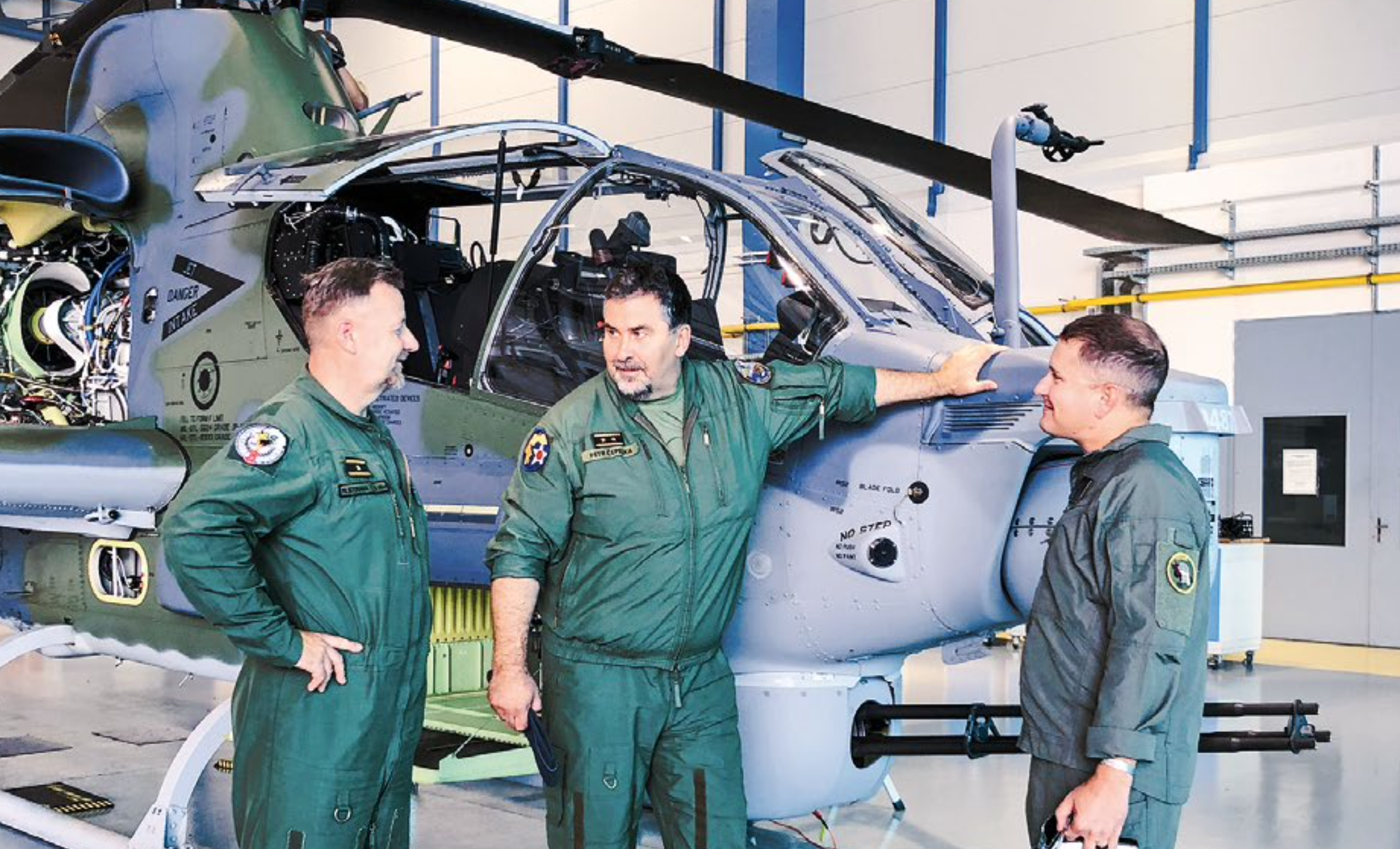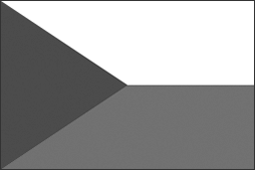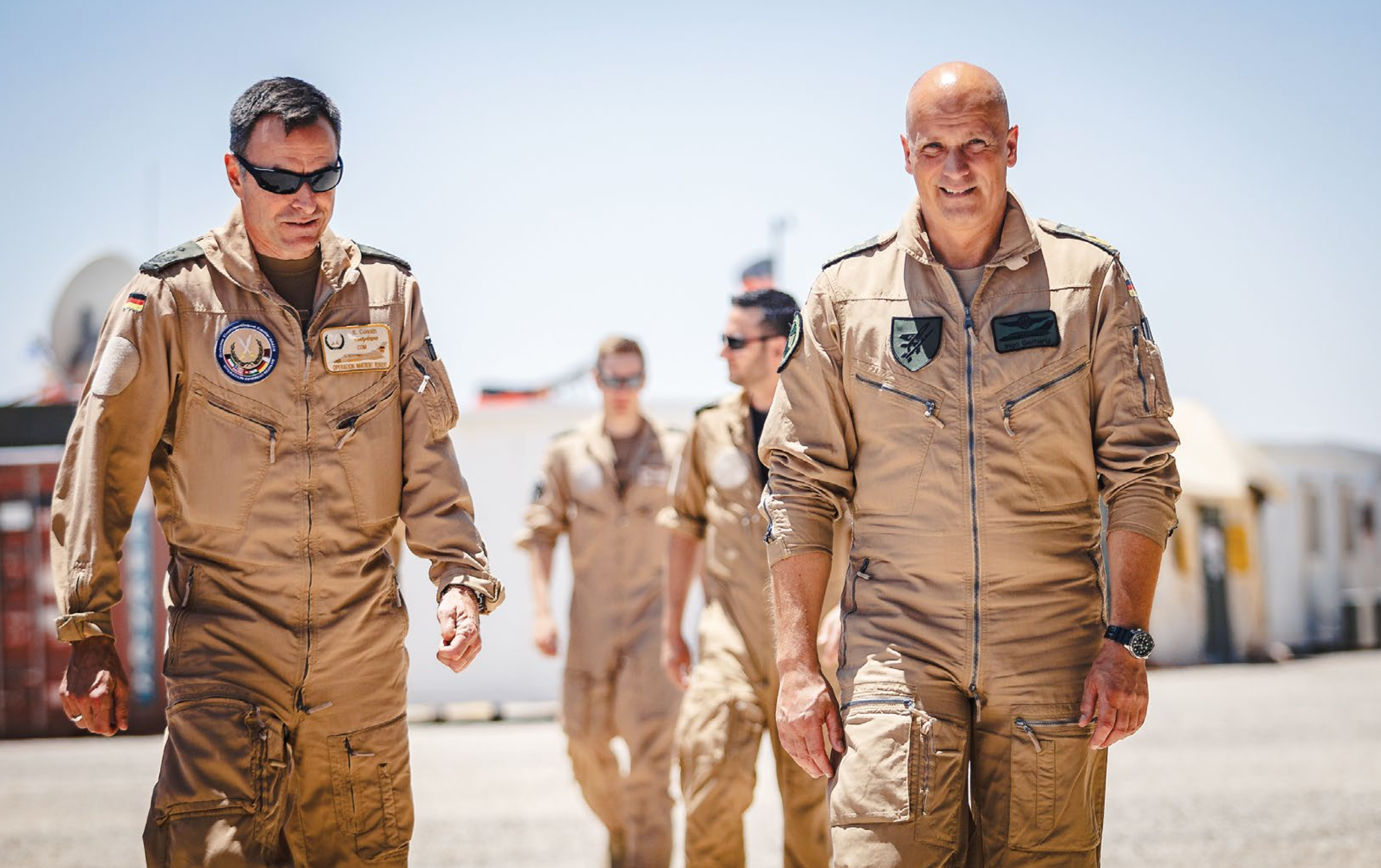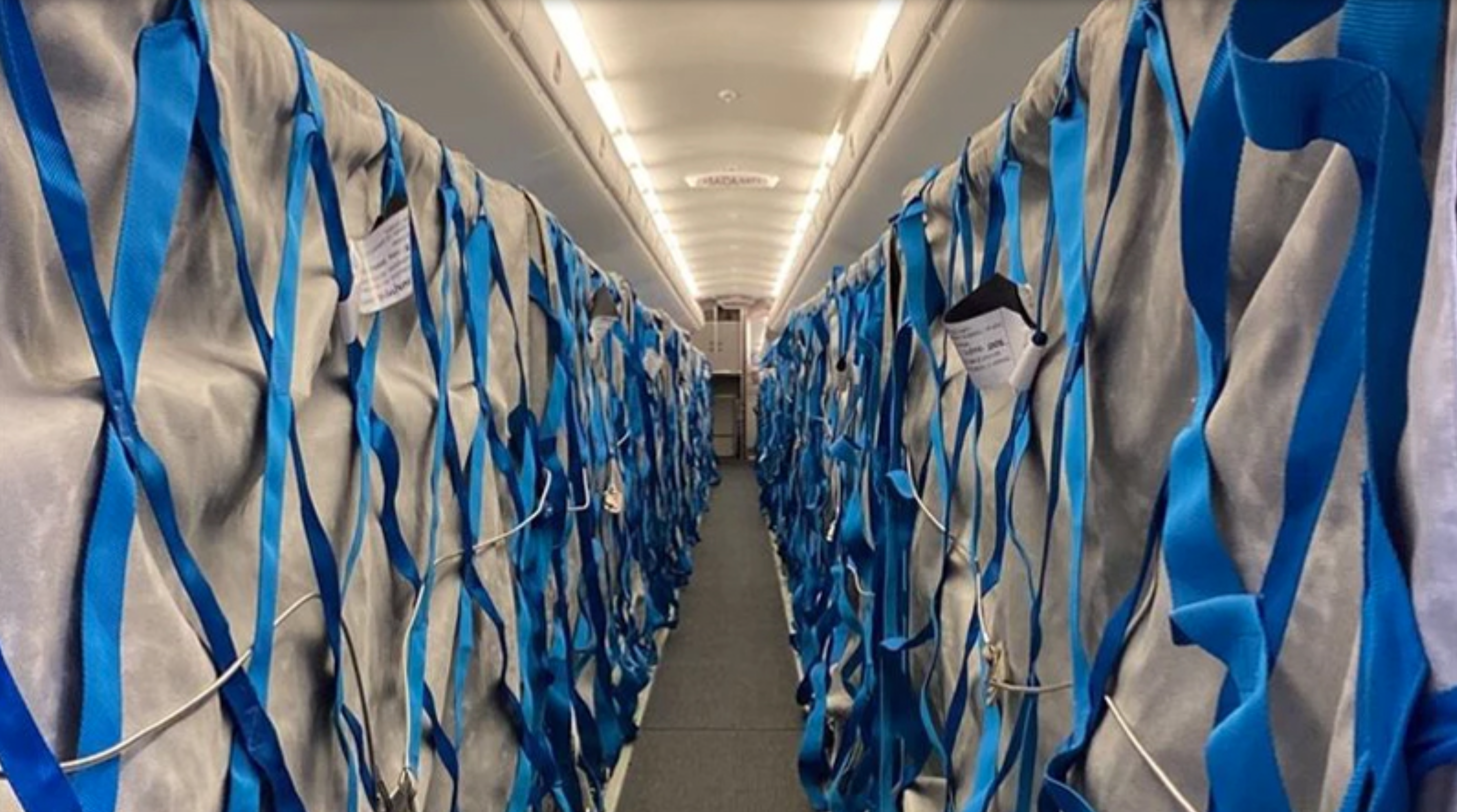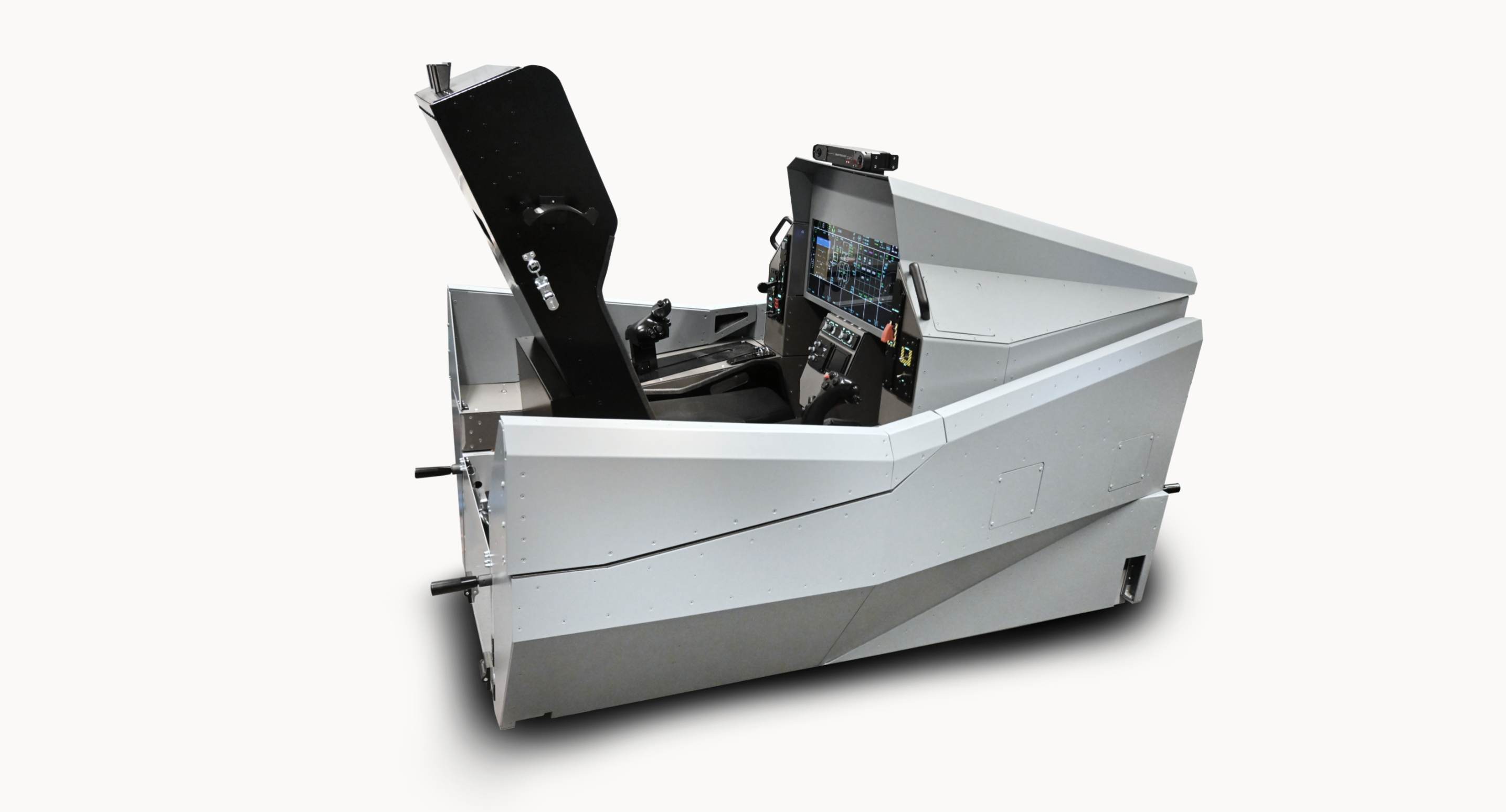Before World War II, airspace defence was performed by the aviation branch of the then Czechoslovak Gendarmerie. Established under the direct threat of German attack, its role was truly critical, as any of its actions was liable to trigger an international conflict. In spite of this, the Gendarmerie pilots were certainly not afraid of intercepting Luftwaffe fighters and were the first ones to demonstrate the will of our country to fight for its freedom. Nevertheless, the Munich Agreement prevented the Gendarmerie aviation from any battle engagement and it was abandoned exactly 80 years ago after only four years’ existence.
In the difficult political situation of the 1930s Czechoslovakia lacked a force protecting its airspace. The country was a member of the International Convention on Civilian Aviation from 1919, which guaranteed all members full sovereignty over their airspace. Nevertheless, Germany, Austria and Hungary were not among the signatories, because after WWI they were not allowed to develop an air attack capability and were therefore considered harmless, with Czechoslovakia even signing bilateral agreements with them on this basis. But the harmless nature of those nations was just about to change and in 1933 German aeroplanes started to intrude into Czechoslovak airspace almost daily.
Disguised as an aerial police, the emerging Luftwaffe was systematically monitoring the industrial heartland of Czechoslovakia and testing its defence system. The same approach was selected by the Hungarian Air Force, which was at that time no less a threat to the southern part of the country. When in 1935 Germany declared its Luftwaffe openly, its provocation flights increased suddenly and rapidly. The Czechoslovak Ministry of Defence temporarily activated air force units for defence, but this was just a short-term immediate solution. The idea of creating a brand-new unit fully responsible for airspace protection was raised at the parliamentary level. Because it was then considered an inseparable part of police duties, the Ministry of Interior was asked to manage the unit and did so. On 12 June 1935, a parliament directive was issued to create a new unit – the Gendarmerie Aviation Patrols (GAP). The new unit was ordered to monitor and enforce compliance with all international aviation regulations and local laws, cooperate with and support the ground-based law enforcement units (the state police and gendarmerie) during pursuit of culprits and boost the capabilities of local rescue agencies’ monitoring and liaison services.
FIVE AIRBASES, THREATS FROM MANY DIRECTIONS
The newly created unit was important for the country’s defence, but it only inherited desperately obsolete equipment, since there were almost no funds allocated for its establishment and none of the existing aviation bodies wanted to donate their best planes. This is why it started its first missions with obsolete Škoda D-1 fighters and very old Aero Ap-32 observation biplanes. In addition, the first pilots and mechanics were transferred to the GAP from military units, the first gendarmerie soldiers aspiring to become pilots appeared some three years later. It was not yet a prestigious job at that time, but promising because of a state-guaranteed employment contract and state pension. All ex-military GAP pilots had to pass the routine entrance training applicable to all gendarmes.
In 1935 a total of five airbases were dedicated for the location of new units called detachments. Those were located in Cheb, Růžodol near Liberec, Hradec Králové, Dolní Benešov and Bratislava. Each detachment had its own pilots, mechanics and support staff. By 1939 a total of fifteen detachments were scheduled to be established with new airplanes being delivered directly from the factories. Those were expected to protect the more than 4,000 km Czechoslovak border. Between 1936 and 1938 only a few detachments were actually completed, those in České Budějovice, Plzeň, Terezín, Staré Město, Brno and Zvolen.

Some of them were a topic for very excited arguments in Parliament. For example, the mayor of České Budějovice publicly mentioned stories of German Luftwaffe fighters performing attack training on the city square, with an urgent need to stop such activities. Nevertheless, even when the detachment was created, the gendarmerie pilots with no oxygen on board and relatively slow-speed planes were frequently outclassed in their attempts to intercept and pursuit the much faster intruders. With the aim of increasing the battle force newer types of planes such as the Avia B-534-IV were delivered to the GAP units. These contributed most to a significant increase in the GAP air defence capabilities.
LIVE CLASHES
With the increasing insolence and activity of the Luftwaffe, more and more aerial contacts were made. Unfortunately, some of the Gendarmerie commanders were afraid of unleashing war and forced pilots to fly with no ammunition in their on-board cannons. With no armament, some pilots performed genuine stunts in their attempts to force Germans into landing or leaving Czechoslovak airspace, such as making contact with their undercarriage wheels on enemy planes´ wings or signal flares firing just alongside with the enemy. With Germany not bothering even to apologise for its planes crossing the Czechoslovak border but actively protesting against Czechoslovak planes crossing its own borders, the GAP pilots had learned the map of the territory by heart.
It was not a fair fight, because several GAP units were literally sharing the airfield with Sudeten air clubs and Germans were not only observing the GAP airplanes activities and providing intelligence to the Luftwaffe, but also tried to sabotage GAP activities. On the home front, on the other hand, many contemporary politicians accused GAP pilots of risky activities capable of triggering a war instead of appreciating them. GAP pilots managed to force several German balloons to land; these were dropping leaflets over the country, and in each case the German ambassador protested against the GAP involvement and publicly commented that these were murder attempts. Although in 1938 all planes were already full loaded with ammunition, no GAP pilot was allowed to shoot at the enemy. Even when Sudeten Germans fired several times at planes from the ground. GAP planes were involved frequently in the suppression of various German-citizen led rebellions in the peripheral regions and for example in one case they managed to force the Germans to flee and free a captured civilian Czechoslovak plane.
THE DARK TIMES ARRIVE
During the general mobilisation on 22 September 1938 all GAP units were transferred under military command. In the very first hours of the mobilisation the planes were frequently used for border area monitoring with the aim of exploring German near-border activities. GAP pilots knew the border by heart and were selected for this demanding task as the only ones able to fly low at night and maintain direction. They helped to reconnoitre the activities of the German Armed Forces without being spotted and without giving away a pretext to the aggressive neighbour. Nevertheless, the Munich Agreement led to a situation where many GAP detachments were relocated into the interior and the unit then operated from new bases with very limited powers.
If until 1937 the politicians were afraid of provoking a war, by late 1938 they were obviously scared, especially when Germany peacefully annexed Austria and the Czechoslovak border was literally surrounded by the enemy on all sides. Nevertheless, even in those times the GAP pilots were the only ones meeting the Luftwaffe pilots in the air. There was a plan for a new network of airbases and detachments, but it did not materialise until March 1939. After the invasion of the German forces into Czechoslovakia all GAP units were quickly abandoned and the planes grounded. It is no coincidence that the German occupation command was well aware of the GAP pilots´ skills and focused on grounding these immediately. All planes were seized overnight by the Luftwaffe with the support of Wehrmacht guard units. Curiously enough, the most modern plane types were even adopted into the Luftwaffe structure in a training role and used in such a role until the middle of the war.
Although the unit was disbanded, the “esprit de corps” remained in full force. Many GAP pilots and technicians definitely did not lay down their arms. For example, staff captain František Rypl, one of the best-known GAP pilots, managed to flee through Hungary and Yugoslavia to the UK. He joined the Royal Air Force and later became a Commander in the 310th fighter squadron. Later he went to the USSR and commanded the 1st Czechoslovak mixed division and on 9 May 1945 he became the very first Czechoslovak military pilot to land in liberated Czechoslovakia. Among other pilots one might mention staff captain Jan Klán, who escaped from Czechoslovakia via Poland into France. He achieved five confirmed aerial victories and three “probables”.

He became the first Czechoslovak pilot to shoot down a German Luftwaffe Messerschmitt Bf 109 fighter, the plane which was so frequently intruding into the sky of the homeland. Jan Klán fought in Europe and Africa and at the end of war moved to the USSR. 1st Lt. Josef Jaške surely also deserves to be mentioned who fled to France and the UK and was several times shot down by German fighters, but always managed to land safely although he survived a fall from 1000 metres into the sea; or Lt. Josef Hanuš, who was forced to leave the UK and fly for the RAF in North Africa, where he shot down four German bombers and damaged a fifth. Both of these had to emigrate from Czechoslovakia after 1948 and after the WWII even returned to RAF. In addition to the pilots many GAP mechanics also fled from the Protectorate.
Of these Jan Prokop, a pre WWII GAP mechanic, especially needs to be mentioned. He was stationed in France at the Corneilles-en-Vexin air base, which was suddenly attacked in May 1940 by German bombers. He did not panic and warmed up one of the fighters, but did not find any French pilot ready to take off. So, under constant attack by the German planes he took a heavy machine gun and started to fire on the approaching formation of bombers. He managed to damage the leading plane so badly that it crashed and all the remaining bombers changed course and dropped their bombs while missing their target. In total 36 German bombers caused minor damage only and the air base lost only five men and two airplanes because of this conspicuous act. Globally he is one of a truly small club of mechanics with confirmed kills, who was decorated immediately after the event with the Croix de Guerre medal.
IN FINE
Of the 27 GAP pilots the vast majority of them were at some level involved in anti-German activities, either in the RAF or within the home resistance units. The very small unit with obsolete planes was the first to defend Czechoslovak airspace no matter what the cost. History clearly shows that all of them selected service in the GAP above all because of their true warmth of feeling and their determination to defend their homeland.
Text: Jakub Fojtík
Photo: Muzeum Policie ČR, author´s archive

